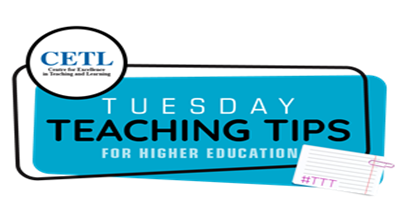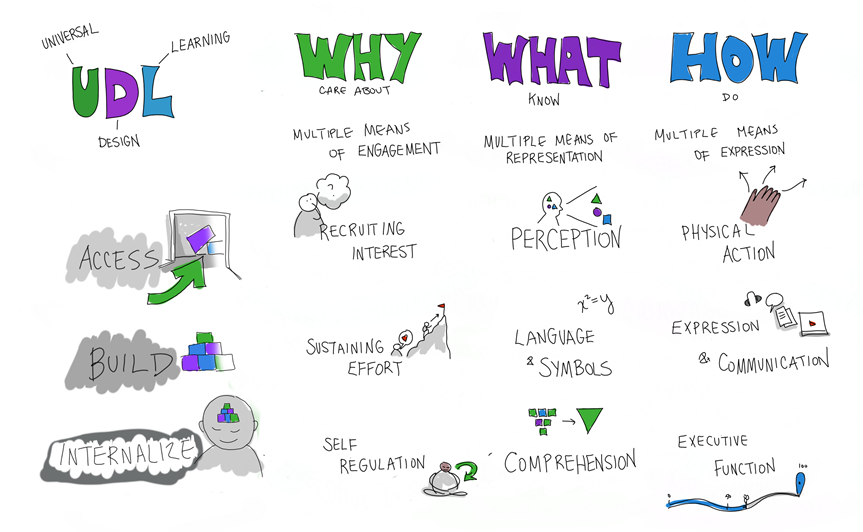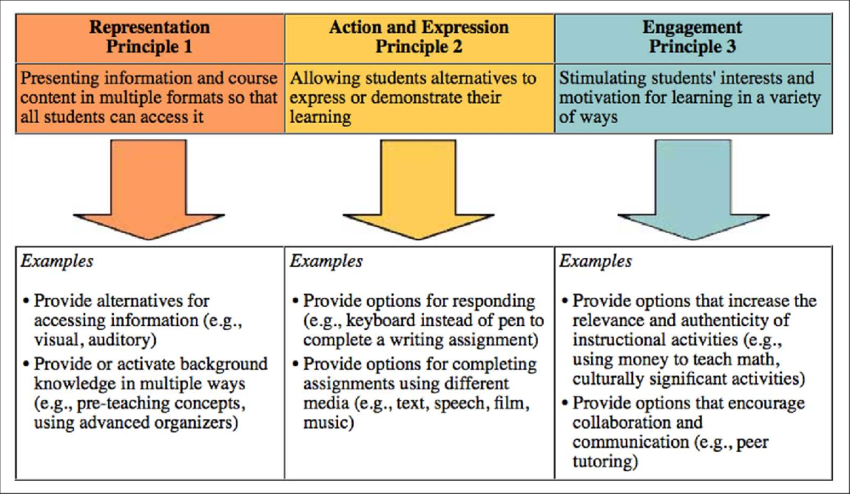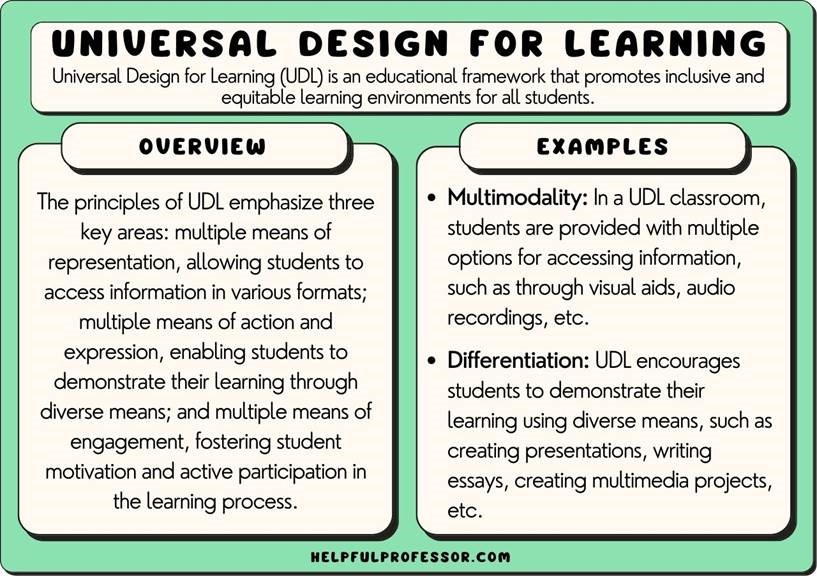
The CETL is happy to provide the necessary guidance and support as you navigate through the landscape of contemporary teaching and learning. In our previous instalments of TTT for the semester thus far, we have explored topics such as accessing myelearning, adding learning resources to your course site and UDL. This week, we will like to explore in more detail, Universal Design for Learning (UDL).
A – What is Universal Design for Learning (UDL)?
Universal Design for Learning (UDL) is a framework designed to improve and optimize teaching and learning for all people based on scientific insights into how human beings learn. As seen in the illustration below, UDL is premised on the fact that human beings learn in different ways (learner variability), and as such, it provides a framework for educators, course and course site designers such as you to provide multiple means of engagement, representation and expression. In so doing, it guides educators in creating multiple pathways for learning.

B – The Three Primary Principles of UDL
UDL comprises three fundamental principles (representation, expression and engagement) which can inform the avenues educators provide for differentiated learners via their course site designs. For this reason, technology and UDL complement each other, as technology serves as the vehicle through which different pathways for learning can be facilitated (see illustration below). For example, teaching and learning may be done through articles/text format, through dynamic video presentations, or even through a more hands-on, game-based or experiential activities.

C- Integration of UDL in Teaching Practice and H5P
In addition to informing your instructional design (teaching strategies etc), UDL should also influence the resources and activities, and technologies included in your course instruction, activities and site design. As seen in the following illustration, this ensures that learners are given multiple avenues for accessing information (multimodality), and that learners play an active part in their learning (differentiation). In addition to multimodal and differentiated instruction, UDL may also be incorporated through interactive learning activities such as H5P. Known as an abbreviation for HTML5 Package, H5P is a free, open-source platform that facilitates the easy creation, use and reuse of interactive videos, quizzes, crosswords and presentations for learning. Additionally, it can also be created and accessed through myelearning.

D – Further Information, Resources and Training in UDL and H5P
One of the easiest ways to integrate UDL principles in your teaching context is through the inclusion of H5P learning activities. H5P is an open source, community-driven technology and project which seeks to allow users to develop and share interactive HTML5 content. H5P makes it possible to design and embed interactive instructional media artifacts and elements into webpages, and in Learning Management Systems (LMSs) such as myeLearning/MOODLE. The technology aims to facilitate sharing of accessible content and formats that include but is not limited to formative quizzes (with immediate feedback), timelines, slide decks, images with clickable hotspots, and interactive videos.The following resources may help you further understand and explore ways in which you can integrate UDL and H5P into your course and teaching practice:
- An Overview of Universal Design for Learning (UDL) – Integration At The UWI
- Creating H5P Interactive Activities – Archived Webinar Recording
The CETL is also happy to announce its upcoming webinar “An Introduction to Universal Design for Learning UDL“. Collaborating with our partners from Humber College, this panel discussion will explore the principles of UDL and its role in the creation of more inclusive and effective learning experiences. To register for this online session, please click on the following image or link:
Click Here to Register
We hope the aforementioned resources are helpful.
Should you need any further assistance, please feel free to contact us.
Regards,
The Centre for Excellence in Teaching & Learning (CETL),
The University of the West Indies (UWI),
St. Augustine.

